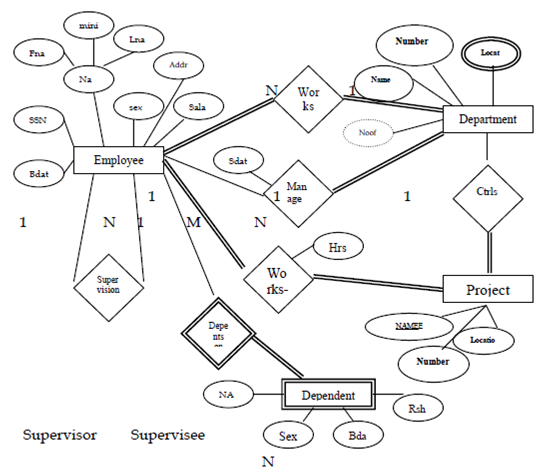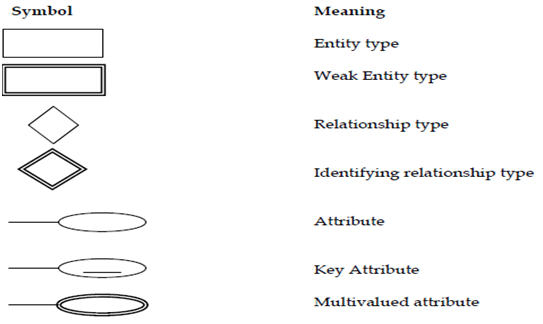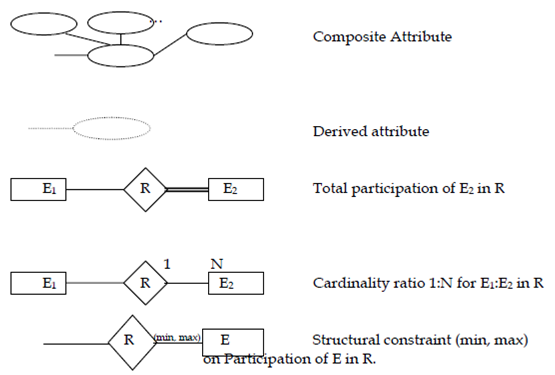Entity-Relationship model
ER model is a popular high level conceptual data model. This model and its differentiation are often used for the conceptual design of database applications, and several database design tools employ its concepts. In this chapter we elaborate an instance database, known as company which serves to illustrate the ER model concepts and their use in schema design. We list the data needs for the database here and then we create its conceptual schema step-by-step as we introduce the modeling concepts of the ER model. The industries database keeps track of an industries departments, employees, and projects. Assume that, after the requirement collection and analysis phase, the database designers begin the following description of the ‘miniworld’– the category of the industries to be represented in the database:
- The industries is organized into departments, each department has a unique number, a unique name and a particular employee who manages the department. We keep track of the beginning date when that employee began managing the department. A department may have various locations.
- The department controls a number of projects, each of that has a unique name, a unique name and a single location.
- We store each employee’s social security number, name, salary, address, sex, and birth date. An employee is assigned to one department but should work on various projects, That are not necessarily controlled, through the similar department. We keep track of the number of hours per week that an employee works on each project. Of each employee we also keep the track of the direct supervisor.
- We need to keep track of the dependents of each employee for insurance purposes. We keep each dependent’s name, birth date, sex, and relationship to the employee.
The schema for this database application should be displayed through means of the graphical notation called ER diagrams.

Notation for entity-relationship diagrams

